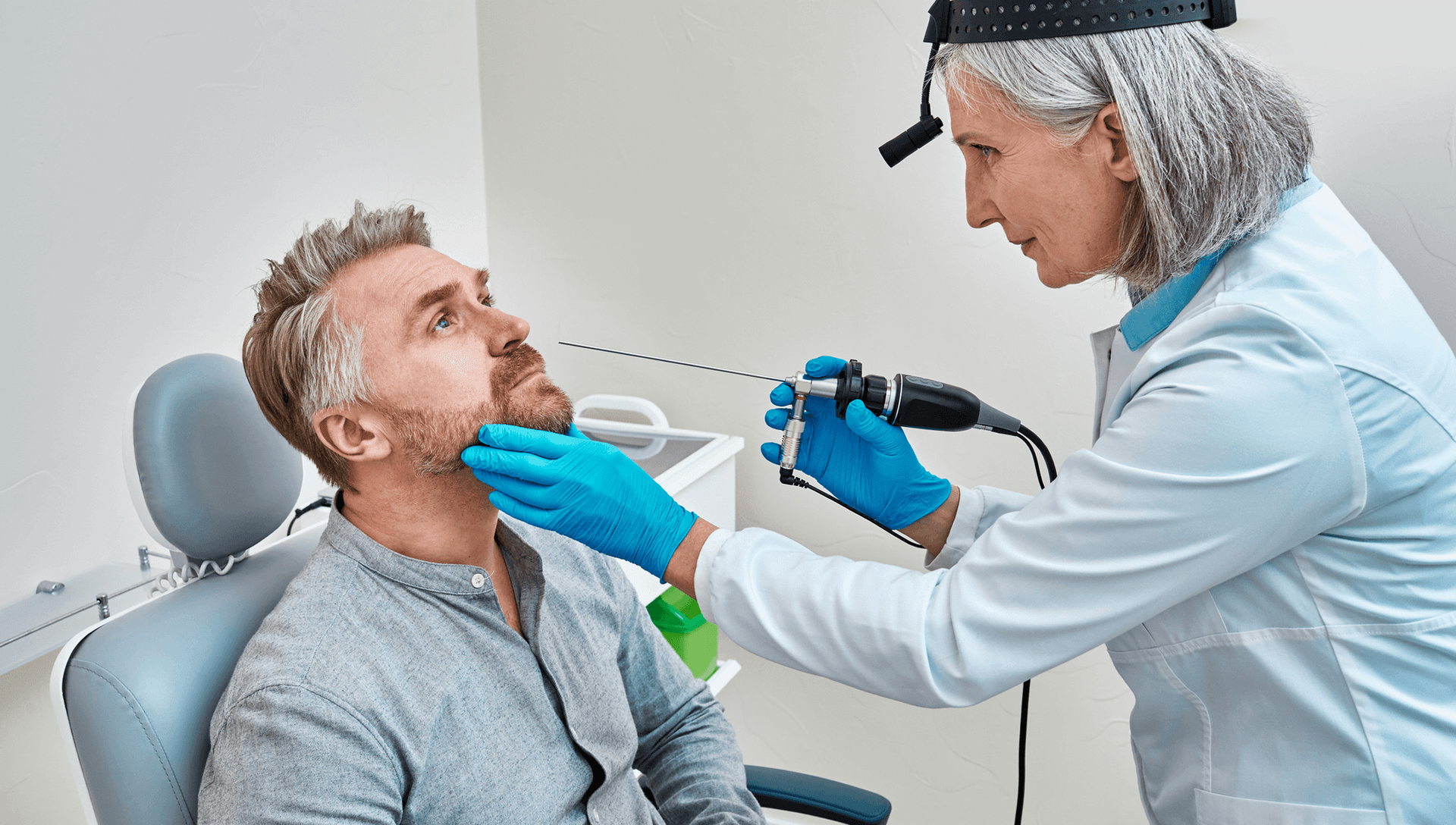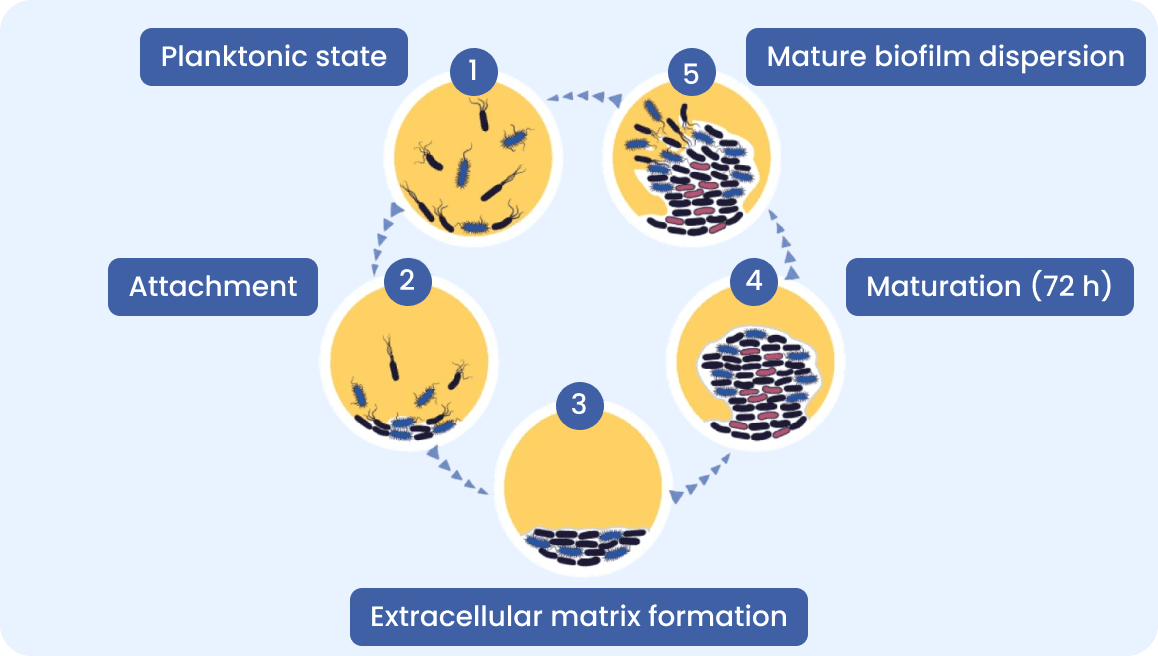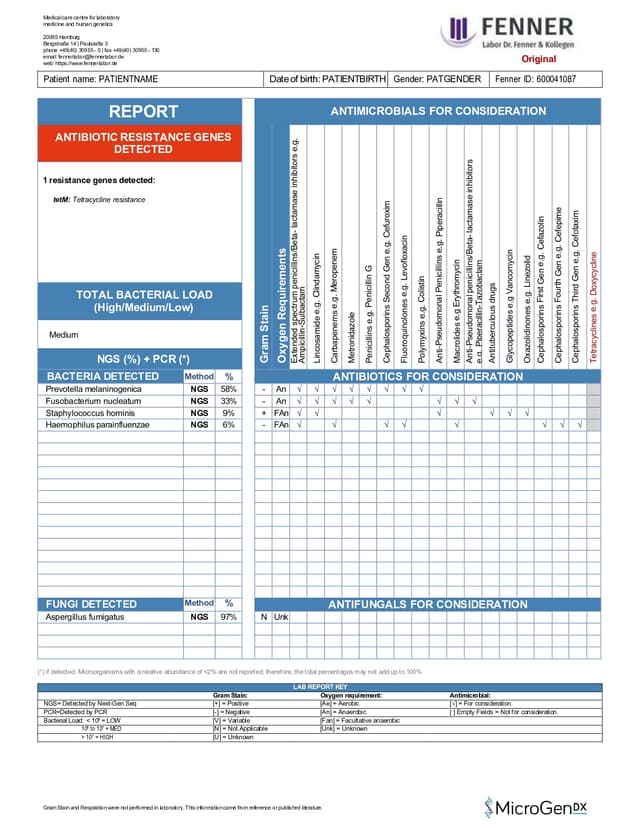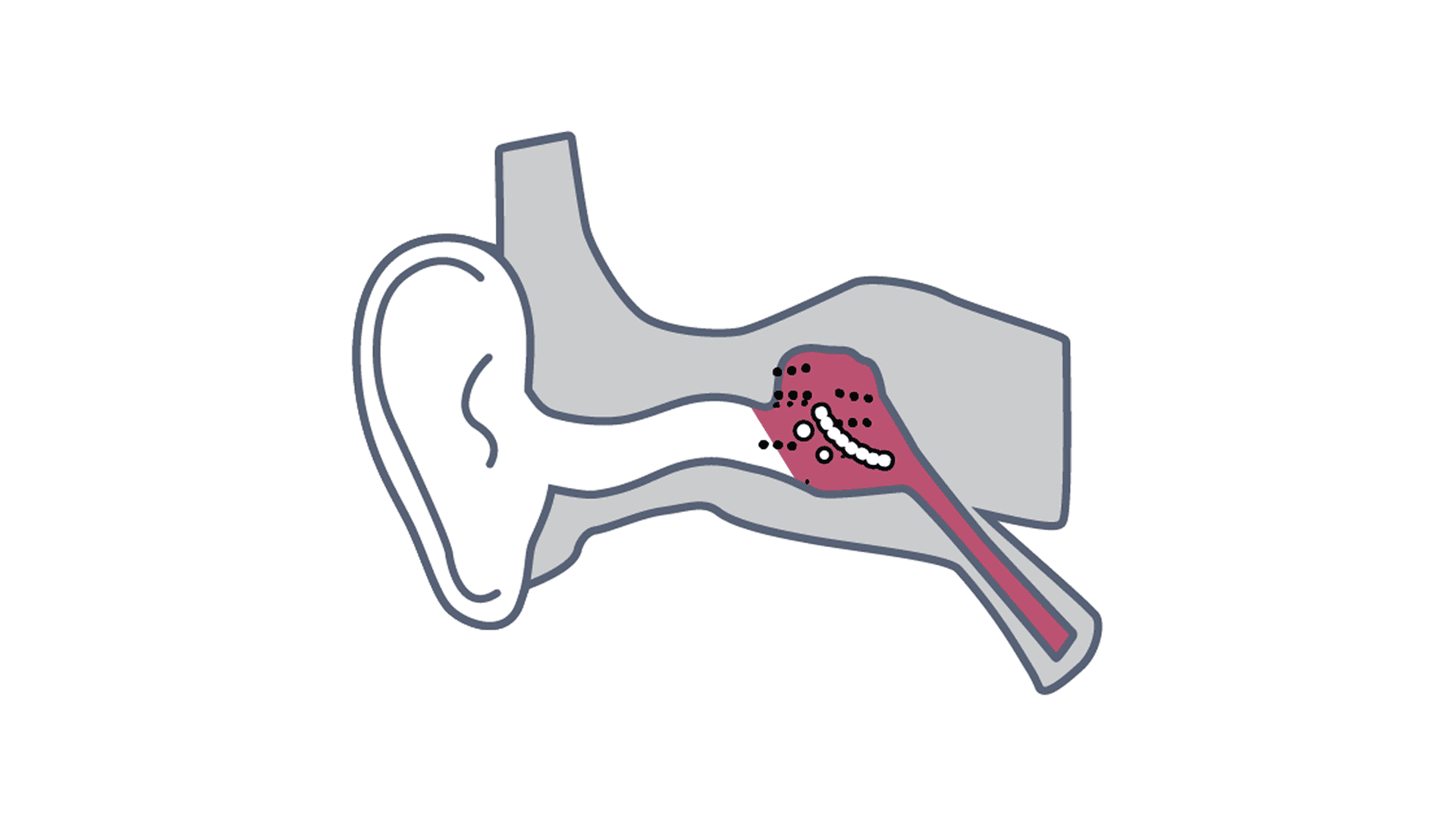“We truly as clinicians have much more confidence picking a specific antibiotic knowing confidently that it will work.”
Dr. Matheny
Keith Matheny, MD, is a published researcher in his field, the recipient of many awards, and has practiced medicine for fifteen years
Watch clinician testimonials
Diagnosing Challenging infections in Otolaryngology (ENT)

Chronic and recurrent Ear, Nose & Throat (ENT) infections—including sinusitis, otitis media, and upper respiratory tract infections—are frequently polymicrobial and influenced by prior antibiotic exposure. Biofilms, low-abundance organisms, and fastidious pathogens often contribute to persistent symptoms, with standard cultures commonly yielding false-negative results.
Our Solution:
MicroGenDX provides rapid microbial DNA sequencing to improve ENT infection diagnostics and support better clinical outcomes. Our SinusKEY test is validated for sinus aspirates, nasal swabs, sinus fluid, and ear swabs to support the diagnosis and management of:
- Chronic and recurrent sinusitis
- Otitis media
- Upper respiratory tract infections
- Culture-negative or treatment-resistant ENT infections
- And more
Powered by next-generation sequencing (NGS) and qPCR, SinusKEY enables high-sensitivity detection of bacterial and fungal pathogens even in polymicrobial biofilm-associated or fastidious infections. Resistance gene profiling supports earlier, more targeted antimicrobial therapy, helping ENT specialists make faster, more effective treatment decisions especially in patients with prior antibiotic use or persistent symptoms.
Clinical Insights from our ENT Samples
Detection of Fastidious or VNBC (Viable but Non-Culturable) Pathogens:
NGS can uncover difficult-to-culture species in ENT samples including Prevotella spp., Veillonella spp., Fusobacterium spp., Peptostreptococcus spp., Candida spp., Aspergillus spp across chronic sinusitis and otitis media cases.
Over 850 species of anaerobic bacteria and fungi were identified as dominant in ENT samples.
High Prevalence of Polymicrobial Infections:
Over 86% of ENT specimens are polymicrobial . Anaerobes present in 50% of samples, dominant in 12%. Fungi present in 20%
Extensive Real-World Experience:
To date, MicroGenDX has processed ~80,000 sinus and ear samples with combined NGS + PCR analysis *.
Biofilm Role in Chronic ENT infections
MicroGenDX NGS detect biofilm bacteria that culture can not.
Many chronic conditions including ENT infections involve biofilms. Biofilms create a barrier, reducing the effectiveness of antibiotics and immune response.
Traditional cultures rarely detect biofilm bacteria and do not identify the full polymicrobial community.
MicroGenDX test identifies biofilm-forming bacteria and fungi via NGS and detects resistance genes via PCR, guiding targeted antibiotic therapy to achieve biofilm embedded pathogens eradication.

Interpreting our lab report
Each test includes a detailed laboratory report, providing clinicians with clear, structured data for fast decision-making.
These reports include:
• List of bacteria and fungi detected in the sample(s)
• Identified antibiotic resistance genes
• Antimicrobials to consideration for treatment



SinusKEY-Test
Sinus Infection Test
Nasal Swab, Sinus aspirate, Ear swab
NGS DNA + qPCR Diagnostics for accurate microbial identification
17 antibiotic resistance genes & list of antimicrobials for consideration
3-5 Business days (excludes transit)
Publications Demonstrating the impact of NGS in ENT
Next-Generation DNA Sequencing Enhances Pathogen Detection and Antimicrobial Guidance in Chronic Sinusitis
NGS identified 31.9 % more microorganisms than routine hospital culture, detected polymicrobial infection significantly more often (P < 0.05) and assigned a single dominant pathogen in 97.8 % of specimens versus 62.2 % by culture.
Implications for therapy: because NGS revealed the full pathogen profile including anaerobes and low-abundance species missed by culture the authors calculated that it would have provided adequate antimicrobial guidance in 74 % of patients, compared with 44 % if clinicians relied on culture alone.

Next-Generation DNA Sequencing Uncovers Hidden Pathogens in Chronic Rhinosinusitis
Targeted 16S NGS offers major advantages over clinical culture in detecting pathogens in chronic rhinosinusitis. In a prospective case series of 54 patients, dominant taxa (>10% abundance) detected by sequencing were found by culture in fewer than 50% of cases, highlighting the limitations of conventional methods.
Only 29.5% of cultured isolates represented the dominant species, showing how culture often misses key pathogens. Such limitations may contribute to ineffective antibiotic treatment in refractory CRS, while incorporating molecular techniques can improve detection and help guide more appropriate antibiotic therapy.

Bacterial Biofilms Contribute to Chronic Rhinosinusitis Pathophysiology
The article by Kilty and Desrosiers emphasizes that bacterial biofilms play a significant role in chronic rhinosinusitis (CRS) and may contribute to the failure of conventional antibiotic therapy. Biofilms were detected in 44% of CRS patients undergoing endoscopic sinus surgery, while none were found in healthy controls
The presence of biofilms was associated with worse preoperative radiologic scores and poorer postoperative outcomes. Importantly, organisms such as Staphylococcus aureus, Pseudomonas aeruginosa, Haemophilus influenzae, and Streptococcus pneumoniae can be identified within these biofilms, including pathogens not detected by standard culture methods.
Authors advocate for the better diagnostic tools, as conventional cultures often miss biofilm-associated bacteria, and for future therapeutic strategies that specifically target biofilm structures to improve patient outcomes

Clinical cases where MicroGenDX test helped achieve treatment success

Chronic sinusitis requiring dual antibiotic therapy
A 57-year-old male with chronic sinusitis and prior endoscopic sinus surgery presented with symptom exacerbation. A sinus aspirate was analyzed using MicroGenDX next-generation DNA sequencing, revealing medium quantities of bacterial DNA. Three facultative anaerobes were detected: Enterobacter cloacae (61%), Corynebacterium segmentosum(34%), and Staphylococcus epidermidis (2%), the latter considered a contaminant. Due to lack of single-agent oral coverage, dual antibiotic therapy with doxycycline and ciprofloxacin was prescribed.
The patient experienced full symptom resolution after a 14-day course.
This case illustrates key advantages of next-generation sequencing in managing chronic sinusitis: accurate pathogen identification and informed antibiotic selection.

Fungal infection in mastoid cavity
A 79-year-old male with a longstanding history of chronic ear disease has had multiple middle ear and mastoid surgeries, leaving him with a mastoid cavity and non-intact tympanic membrane. He developed an intermittent mastoid cavity infection typically treated with topical ciprofloxacin drops. He then presented with recurrent otorrhea. A sample of the mastoid cavity discharge was collected for MicroGenDX qPCR+NGS testing. This revealed the presence of Aspergillus tamarii — this result was available four days after collection of the specimen. No bacterial DNA was identified, confirming the fungal etiology of the infection. The ciprofloxacin drops were immediately discontinued and topical antifungals used instead with resolution of the infection
Inquire about our test
Send us a message using the form below, or email us at info@microgendx.eu
